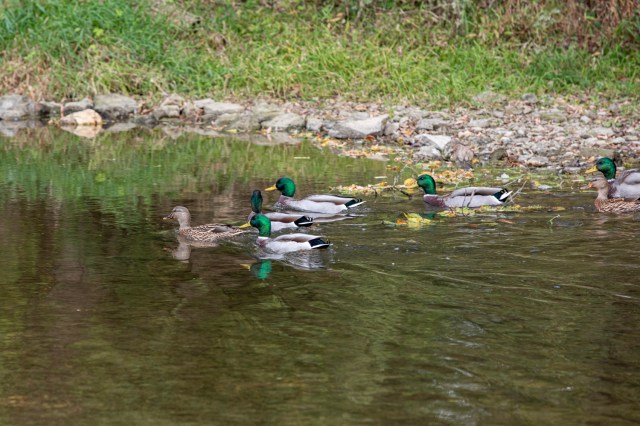Green Highways: How Pennsylvania's Wildlife Passages Are Saving Lives and Ecosystems

Pennsylvania's Wildlife: A Struggle for Survival in a Changing Landscape
The rich and diverse wildlife of Pennsylvania is facing unprecedented challenges as human development continues to reshape the natural environment. Rapid infrastructure expansion is fragmenting critical habitats, creating significant obstacles for local animal populations trying to survive and thrive.
As roads, buildings, and urban areas spread across the state, native species are finding it increasingly difficult to maintain their traditional migration patterns, secure adequate food sources, and sustain healthy populations. The delicate balance between human progress and ecological preservation is becoming more precarious with each passing year.
Wildlife experts warn that this habitat fragmentation could have long-term consequences for Pennsylvania's biodiversity. Animals are being forced to adapt to smaller, more isolated territories, which can lead to reduced genetic diversity, increased competition for resources, and potential local extinctions.
Conservation efforts are more critical now than ever, as the future of Pennsylvania's unique wildlife hangs in the balance. Protecting and reconnecting natural habitats may be the key to ensuring the survival of the state's remarkable animal species.
